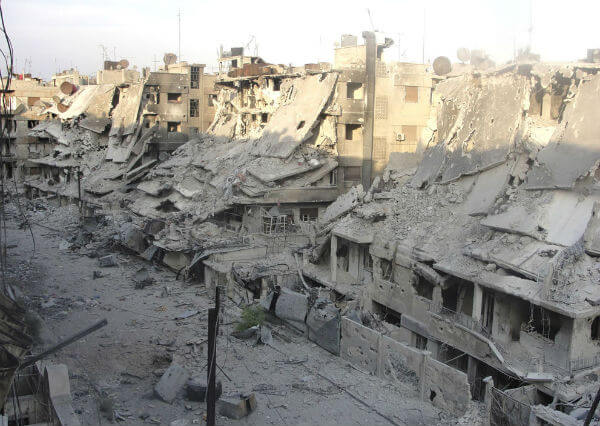
Perry Cammack writes: The cataclysmic destruction of Syria challenges human comprehension. The old city of Aleppo, which like Damascus claims to be the oldest settlement on the planet, has been reduced to rubble. Homs was once the country’s third most populous city, but has mostly been depopulated.
With the international Syria peace process teetering on the edge of collapse, a political solution seems distant. But every war must end. The rebirth of Dresden, Berlin, and Stalingrad (later renamed Volgograd) after the unthinkable destruction of World War II is a testament to human resiliency and a symbol of what may eventually be possible in Syria. Regardless of whether Syria can be stitched together as a unitary state or is instead permanently partitioned, rebuilding its infrastructure to even modest pre-war levels will require a generational effort.
Some planning for this future has been done. The most ambitious effort is the “National Agenda for the Future of Syria,” a conceptual platform for reconstruction run out of the U.N. Economic and Social Commission for Western Asia (ESCWA) in Beirut. But such efforts will need profound outside support, especially during the most fragile post-conflict stabilization phase, to ensure that robust mechanisms are in place to allow funds to begin flowing quickly and transparently. Unfortunately, to this point, the reconstruction of Syria has not received sufficient attention, either in Washington or in capitals elsewhere. [Continue reading…]

